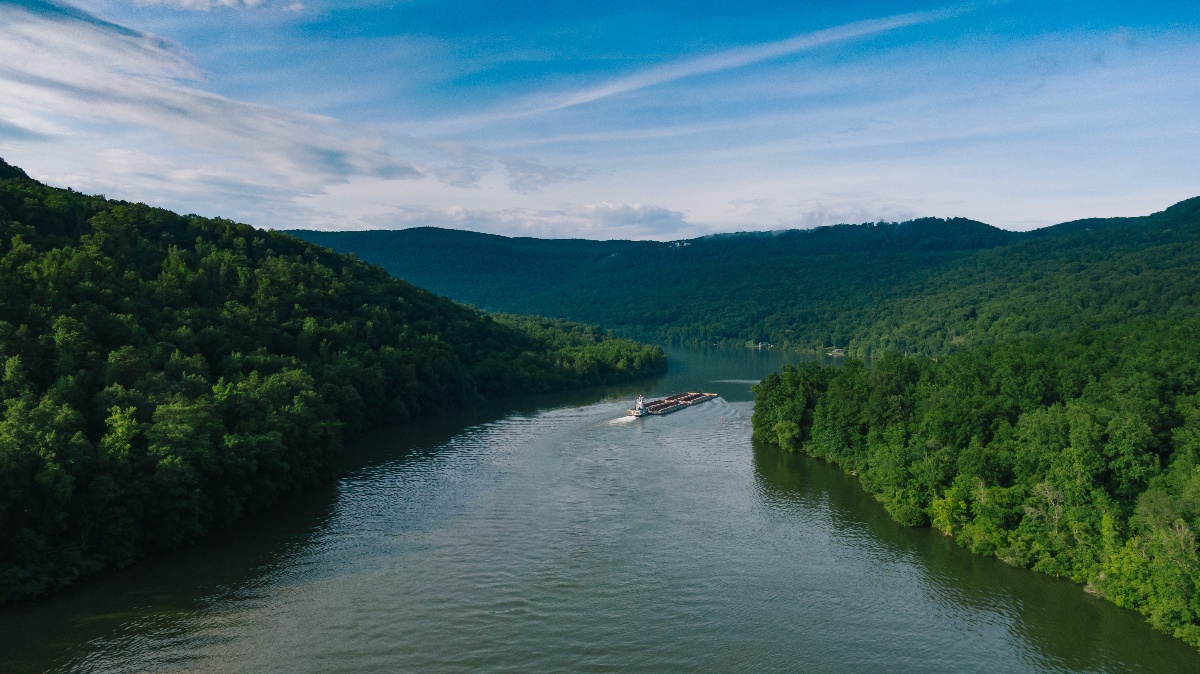Carbon credits and the demand for "loss and damage" compensation from the biggest polluters take center stage during COP27, the most recent climate summit, which took place in November 2022.

All the countries worldwide are working on a strategy to create a new structure for carbon credits in an effort to reclaim its global leadership as nations gather to discuss the solutions to climate problems.
What is a carbon credit?
One tonne of carbon dioxide that has been removed from the atmosphere is represented by one carbon credit, a type of permit. A person or, more frequently, a business can buy them to offset carbon dioxide emissions from industrial operations, delivery vehicles, or travel.
The COP27 Egypt climate summit's events
On November 20, the yearly United Nations climate negotiations which were conducted in Egypt this year came to an end.
A Significant Deal An agreement to create a fund to aid poor countries in coping with climatic disasters made worse by greenhouse gases from wealthier nations was reached at the summit's conclusion, capping a decades-long effort.
Emissions Shortcomings: While the agreement addressed the effects of the environmental losses and damages, it did little to address the crisis's underlying cause and did not significantly go beyond what nations committed to last year.
Highlights and Developments of COP27 Egypt
-
By 2030, the UK wants to stop and reverse the loss of all forests worldwide. To that end, it has announced the Forest and Climate Leaders' Partnership. With about 60% of the world's GDP represented by nations including Australia, Canada, the United States, France, Germany, Japan, and Kenya, among others, the new partnership will virtually double the size of the initial program's funding from $12 billion to $23 billion.
-
To aid in decarbonising France's heavy industries, France announced a doubling of its domestic decarbonisation budget from €5 to €10 billion.
-
There should be "red lines" that prohibit funding for further fossil fuel research and excessive usage of carbon offsets, according to a UN group established to combat greenwashing of net zero promises. The UN Secretary-General gave the group's report his full approval.
-
By creating a new structure for the sale of carbon credits year businesses, the United States hopes to raise money from the biggest corporations in the world to assist affected nations in reducing their reliance on fossil fuels. New sustainable energy initiatives might then be funded with the earnings.
-
The UN announced a plan for a $3.1 billion global early warning system for extreme weather events, which would gather and analyse data, predict, develop response capabilities, and alert people to hazards associated with climate change.
-
To gradually phase out the usage of coal, oil, and gas, Tuvalu submitted a demand for an international treaty on the non-proliferation of fossil fuels.
What is the meaning of loss and damage?

Loss and damage refer to the idea that wealthy countries, which emit the majority of greenhouse gases, should compensate poorer countries, which suffer the most from climatic disasters.
Economic effects that are difficult to define are called "losses." For instance, increasing sea levels decrease agricultural output due to severe drought or flooded fields.
Damage, or the devastation of buildings, streets, bridges, and other infrastructure, is simpler to quantify.
How much money is required to compensate for the loss and damage
A study estimates that carbon credit costs will reach $580 billion annually by 2030 and $1.7 trillion by 2050. The subsidies differ from those used to aid developing countries in climate adaptation.
It's not unusual to demand loss and damage compensation. The Pacific Ocean region led the way in promoting it, and later, other developing nations accepted it. And actual losses and damages continue to mount.
Then, Pakistan experienced unprecedented flooding last month, which the World Bank said would result in $30 billion in economic losses.
Do wealthy countries cover loss and damage?
One of the most divisive topics in COP27 Egypt is carbon credit cost as the deal intends to compensate affected nations for losses and damages after 30 years of impasse. The logistics of it, though, remain a massive mystery.
They have pushed for compensation for loss and damage for more than three decades, pleading with wealthy, industrialised nations to pay for the expenses of damaging storms, heat waves, and droughts.

The affluent nations, however, had long resisted the notion out of concern that they might be held legally responsible for carbon emissions.
The United States intends to combine funds from the biggest corporations in the world to aid under-affected countries in abandoning fossil fuels. This would fall under a new system for carbon credits, from which money will be raised to support fresh, clean energy initiatives.
According to this strategy, state organisations can obtain carbon credits by lowering emissions in their power sector if they reduce their reliance on fossil fuels and increase their reliance on renewable energy sources. This program is seen as a power-sector adaptation of the initiative known as Lowering Emissions by Accelerating Forest Finance (LEAF), which was introduced at COP26 last year. The strategy will have the support of large firms like Nestlé,
DGB Group carbon credit investment
In essence, allowances are a way to stop emissions at the source, whereas carbon offsets try to account for, reduce, or even cancel out already released emissions.
In order to capture the transition to a zero-emissions society by 2050, DGB group offers a wide range of climate-related products, including exposure to international cap-and-trade systems and the voluntary offset market.





